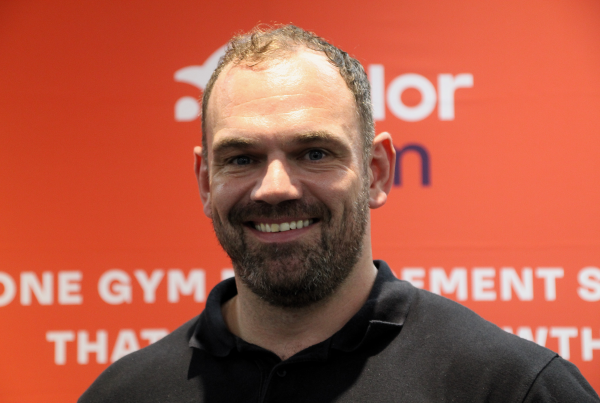A quick glance of physical inactivity headlines makes for grim reading in Britain – when it comes to sedentary living, we are very much a world leader. The first two articles I found on Google read – ‘British children are among the least active in the world’ and ’The UK has the third most inactive population in Europe.’
It’s not hard to see why. Modern life has stripped activity out of our lives. Britons have been among the first to embrace technological developments that have made our lives much easier, but also mean we barely need to leave the sofa to have our needs met. Hungry? There’s an app for that. Bored? Stick on Netflix. Need to get some groceries? Tesco will deliver them.
In the face of these societal shifts then, what can Government do to re-engineer movement back into our lives?
Despite making strides in recent years, British physical activity policy still lags behind many of our neighbours. Yet, reading the major party manifestos for the 2017 General Election, physical activity initiatives were notable only by their complete absence.
Other countries have had great success with physical activity programmes which have brought major benefits for health and productivity. So what can we learn from our peers abroad?
The shining example often mentioned is Finland – which has considerable success in both education and child physical activity levels – ranking in the top 5 internationally for both in past research. At least some of this success can be attributed to the ‘Schools on the Move’ programme, which aims to ensure Finnish children remain physically active throughout the school day. It is part of a completely revolutionised model for learning in Finland’s schools, where study is regularly broken up by short stints of physical activity.
Another country that leads the way in getting people active is the Netherlands. To anyone who has visited the country, this will come as little surprise. The Dutch are bicycle-mad. Around 40 per cent of journeys in Amsterdam are by bike, compared to just 2 per cent in London. This is the result of successive legislation since the late 1970s to encourage cycling in the Dutch capital – making cycling the obvious choice for navigating the city. London, on the other hand, remains in many eyes a hostile environment for cycling, despite progress made in the last decade. The outcome of this? Netherlands tops European physical activity charts on a regular basis, including in recent WHO research, whereas Britain brings up the rear.
It’s not just Europeans we fail to match – countries around the world are toying with innovative solutions to get people moving. In Colombia, a programme called Ciclovía closes city streets to traffic for the use of walkers, runners, skaters and cyclists on Sunday mornings and public holidays. It attracts about a million people every week – mostly those on low incomes.
These are all things that could and should be implemented in Britain – incorporating physical activity into education, transport and even justice. The potential benefits are enormous, which is why ukactive’s National Summit on November 1st is exploring the role of physical activity as the ‘Golden Thread’ running through all these different aspects of society.

Communications Executive




